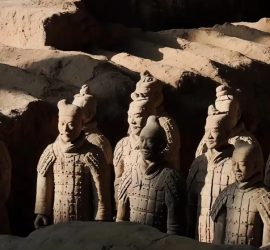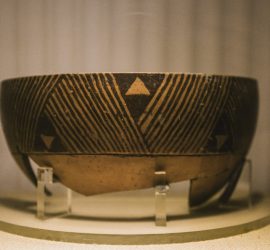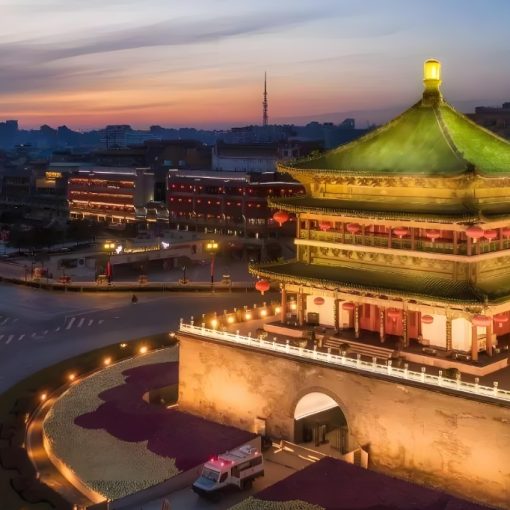
The Xianyang museum is one of the most famous local museums in China. It’s strategically located in Xianyang City, along Zhongshang street. The Xianyang museum was a Confucian Temple up to 1962 when it was opened to the general public after its renovation and expansion. Amazingly, the museum has maintained the temple look for the many years and is well known for its Terracotta Army artifacts, lots of art, and the bronze vessels.
The museum covers about 1100sq and is strategically located about 17 miles from Xi’an, which was then the Qin Empire’ capital city, that is, between 221BC and 206BC, and the primary area for the Han Dynasty between 206BC and 220BC. The Han Dynasty used Xianyang Museum as their Mausoleum, where they buried all the dead. This contributed to the discovery of the best artifacts from the royal graves and the destructions of Xianyang City. Apart from all these, the museum holds the best cultural monuments of both the Han Dynasty and the Qin Dynasty which were discovered from the Xi’an Xianyang City. The Xianyang Museum stars 9 exposition halls, with each hall hosting real-life reserves.
The 9 halls are divided into the following 4 parts:
– Exhibition halls 1, 2, and 3. The 3 hall mainly feature the artifacts and information of the Qin Dynasty. Amazingly, they feature reports showing the first emperor of the dynasty, Qui Shi Huang, majorly committed himself to the union of China. The halls also offer Qin bricks, articles, and light potteries of the Qin Dynasty.
– 4th Exhibition Hall. The hall displays vital information of present well-known people, their calligraphies, and paintings.
– 5th and 6th Exhibition Halls. The two halls show the rich Painted 3000 Terra-Cotta Warriors and the horses of the Western Han dynasty of 206BC and 24AD. The royal guards show the power and strength of the Western Han Dynasty. It played a major role in the progress of ancient China.
– 7th, 8th, and 9th Exhibition Halls. The halls feature the religion, cultural artifacts, and the Ming Dynasty’s (1368 and 1644) biggest (sitting) Bronze Buddha.
With an inexpensive pass-ticket, the Xianyang Museum features the real riches of the ancient regimes not found in any other place.










